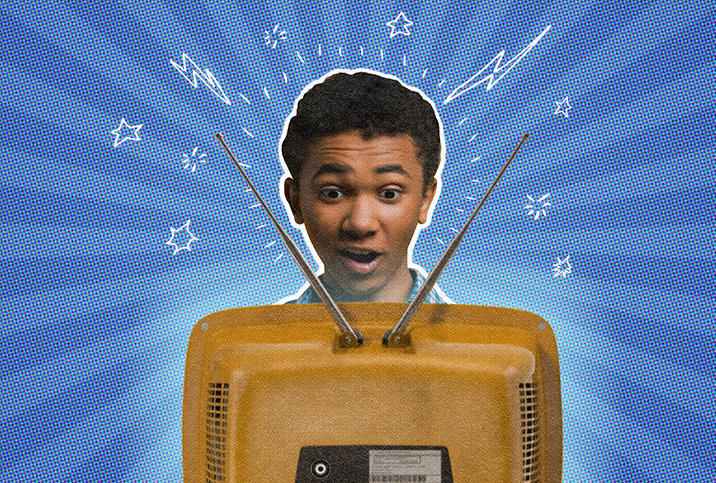Hypospadias is a condition where the opening of the urethra—the tube that carries urine and semen through the length of the penis and eventually out the end—isn't in its usual place at the tip of the penis.
The condition may cause physical issues, including with urination and sexual functioning, but also can contribute to psychological and social problems.
Hypospadias occurs in about 1 in 200 newborn males, according to the Centers for Disease Control and Prevention (CDC). In some cases of hypospadias, the opening to the urethra may be slightly farther down the bottom of the shaft than what is considered typical. However, it can be located even farther down, as low as where the scrotum meets the shaft of the penis or on the perineum.
Boys with hypospadias may spray when they urinate. They may have associated conditions such as a sharply curved penis—a condition called chordee—or an undescended testicle.
If left untreated, hypospadias may mean a lifetime of sitting down to urinate, and it may cause trouble conceiving. That's because, depending on where the opening of his urethra is, when the man ejaculates, his semen may not reach far enough into the vaginal canal to fertilize an egg.













